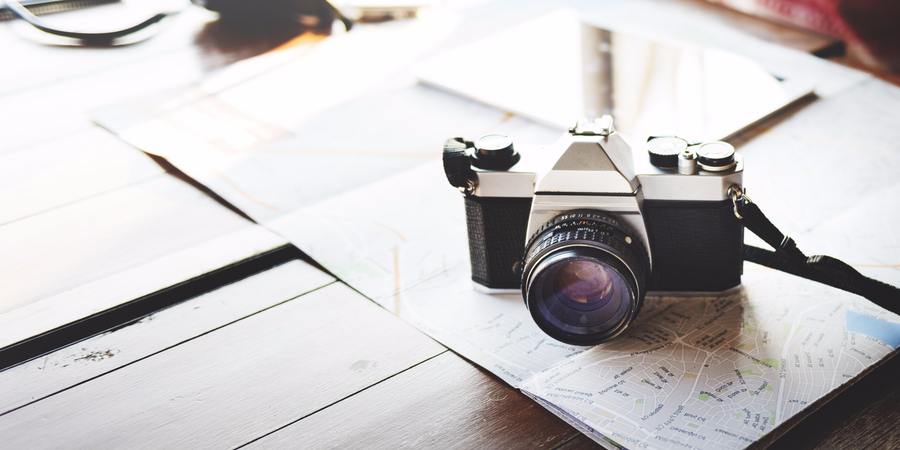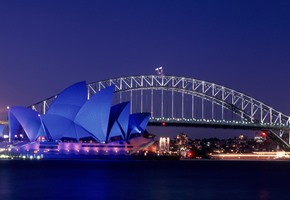Going on holiday is all about making memories, and one of the best ways to preserve those precious moments, as well as being able to share them with friends and family, is by capturing a split-second of it on film. Not that it still really works like that these days - as more and more people invest in digital photography equipment actual, tangible film (remember having to stuff it in the provided pot without exposing the negatives?!) is becoming less and less common. So we could say that tip number one should be;
1. Picking the right apparatus for your needs
A bad workman always blames his or her tools, but unfortunately with today's technology this is no longer a go to when your photos come out blurry or your finger is dangling in front of the lens. So get something that you're comfortable using; if you're trekking up mountains you might prefer something lightweight, but if you're more interested in capturing candid shots of people, a more cumbersome telephoto lens might be needed. There are always great deals to be had online, but sometimes you just can't beat going to a shop and trying before you buy.
2. Practise makes perfect
Get to know your camera before you take it away with you, experiment with settings and taking snaps at different times of day. Do you find setting up external or internal pictures easier? The thickness of the manuals that come with digital cameras can be daunting, but if you prefer to learn through doing just get out there and see what you can do, though there's also plenty of internet tutorials available that are more user friendly. Sometimes it can be simpler when you're starting out to use the automatic function, which will take care of most settings for you, but the sooner you can get used to manually programming your camera the better, so start doing your research around shutter speed, aperture and ISO.
3. A camera on its own might not get you the results you desire
Especially if you're visiting countries you're not going to be travelling to again for a while. For example, if you're feeling ambitious and are wanting to test out longer exposures in order to capture light trails, (you often see these in travel magazines and on travel websites, where car headlights are ethereally blurred as they travel across or through stationary objects) you're going to need a tripod or similar; no matter how steady a hand you think you have this are impossible to achieve without a stable base.
4. Go au naturel wherever possible
Using the flash on your camera is opening yourself up to a whole new world of trickiness, and if you're even within 50 feet of a reflective surface, forget it! You might think it's the best way to get those incredible night-time pictures, but in reality, they just bleach out even the most hard-worked for of tans, and actually seem to darken anything outside of its rage. The golden rule with lighting is soft and natural; outside shoots are probably easier when you're taking a vacation anyway, as you'll be out and about making the most of the (hopefully) better weather. Dawn and dusk provide some wonderful opportunities to give your snaps a warming glow, as pointing your camera straight into the sun in the middle of the day can leave everything else looking washed out.
5. Putting your subject in the frame
Composition will, more often than not, be down to personal taste, and while there's plenty of information out there about how to artistically present your pictures, (such as the rule of thirds, contrasts, complementary colours, centred configuration and symmetry - the list is seemingly endless!) your unique taste is the most important factor. These are photographs that hold a deeper meaning for you and your loved ones, and while it's great if they can be visually creative as well, evoking a memory of a fantastic time away is all that really matters.
6. Step away from the camera
A picture might paint a thousand words, but often there's no better way to understand a culture than by lowering the lens and living it. Sometimes a camera can create a physical barrier between you and the destination you're in, so take the time to soak up the atmosphere and perhaps capture a few mental shots instead.
This article was first published on Rail Discoveries in March 2017.





